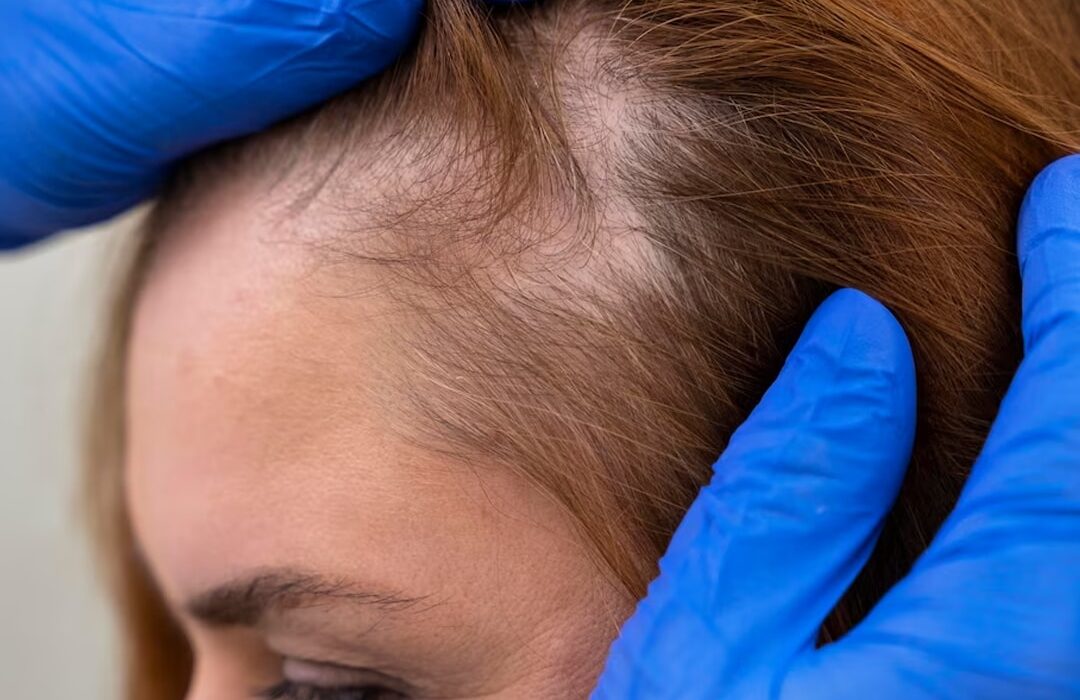The treatment of ringworm typically involves a combination of antifungal medications and good hygiene practices. Here are the general steps for treating ringworm:
Consult a healthcare professional: If you suspect you have ringworm or have been in contact with an infected individual, it is best to consult a healthcare professional, such as a dermatologist. They can accurately diagnose the condition and recommend the most appropriate treatment plan for your specific case.
Antifungal medications:
Topical antifungals: For most cases of ringworm, topical antifungal creams, ointments, or lotions are the primary treatment. These medications are applied directly to the affected area of the skin. Commonly used topical antifungals include clotri*****, terbi*****, mico*****, and ketoc*****. Follow the instructions provided by your healthcare professional regarding the application frequency and duration.
Oral antifungals: In certain cases, especially when the infection is severe or widespread, oral antifungal medications may be prescribed. These medications are taken by mouth and work systemically to eradicate the fungal infection. Examples of oral antifungals include terbinafine, fluco*****, and itraco*****. Follow your healthcare professional’s instructions regarding dosage and duration of treatment.
Good hygiene practices:
Keep the affected area clean and dry: Wash the affected area with mild soap and water and gently pat it dry. Keeping the area clean and dry helps prevent the spread of the infection.
Avoid scratching: Scratching the affected area can worsen the infection and lead to further spread. It’s important to resist the urge to scratch and avoid picking at the rash or blisters.
Wash and disinfect clothing and bedding: Wash any clothing, towels, or bedding that has come into contact with the affected area in hot water and use a disinfectant or antifungal detergent. This helps eliminate the fungal spores and prevent reinfection.
Avoid sharing personal items: To prevent the spread of ringworm, avoid sharing personal items such as clothing, towels, combs, brushes, or sports equipment.
Follow the treatment plan: It’s crucial to adhere to the prescribed treatment plan and complete the full course of medication, even if the symptoms improve or disappear. This ensures that the infection is fully eradicated and reduces the risk of recurrence.
Monitor for improvement: Keep track of your symptoms and monitor the progress of the treatment. If there is no improvement or the symptoms worsen despite following the treatment plan, consult your healthcare professional for further evaluation and guidance.
Remember, the specific treatment approach for ringworm may vary depending on the severity and location of the infection, as well as individual factors. It’s important to follow the guidance of a healthcare professional for an accurate diagnosis and appropriate treatment.


